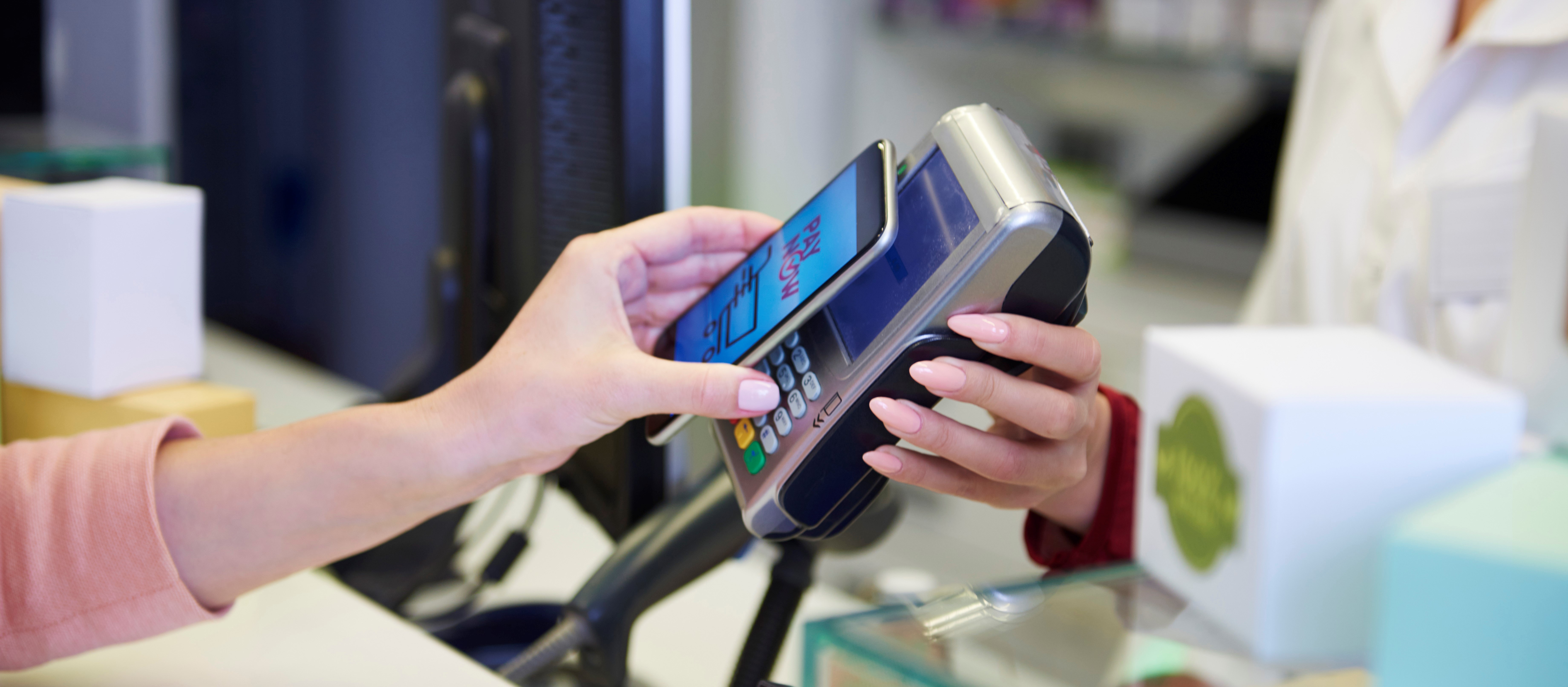How can retail chains effectively manage the performance of their IT services? How can they ensure the global supervision of the IT ecosystem? How do they best detect recurrent signals and implement preventive actions?
IT networks and applications are ever more essential to the retail business
Retail businesses need essential IT services for their activities to work properly. They rely on their IT teams to monitor performance and react quickly in case of a problem. Let's take a few examples:
- A click-and-collect specialist functions on a just-in-time basis, so their order management system must be flawless. In their automated logistics centers, robots work 24/7. An undetected computer error, and the whole thing can unravel
- A DIY store equips its sales staff with connected tablets. If the system slows down or malfunctions, the IT department must rapidly identify the source of the incident to avoid any impact on the advice given to customers and sales in the store
- An automobile repair chain migrates its business tools to the cloud, such as the payment processing system or the diagnostic toolkit. The IT department tries to anticipate data access problems that would have a direct impact on customer service
- When new stores are opened, the location is only revealed to the IT teams at the last minute for reasons of confidentiality. Connectivity for the site and the employees' work package must then be quickly installed while meeting quality-of-service requirements

Providing employees and customers with an optimal digital experience is never easy. When the IT services are interconnected, managing and monitoring them is done in silos: on one side the applications, and on the other the infrastructure (servers and networks). In practice, if the sales staff in our DIY store notice that their application has slowed down, is it linked to the app itself, their tablets, or the Wi-Fi? If the automobile technician struggles to access his or her diagnostic tool, is it due to the performance of the cloud or that of the network? IT teams can struggle to define the source of the problem.
How to ensure global supervision of the IT chain
To rapidly identify the source of incidents, IT teams try to remove the "app and infra" silos. New solutions can help them with this, like Orange Business Service Manage - Watch, which sends monitoring data from multiple sources in a dashboard. The artificial intelligence layer integrated into this solution helps to learn from every incident and so can better detect recurrent signals and be able to predict future alerts. By choosing a solution like Service Manage - Watch, the IT team can also rely on a supervision center with experts who consolidate reports of events and are able to propose effective responses – a much appreciated helping hand when the IT team already has a busy schedule.
How to improve decision making and anticipate upgrades
This global vision of IT performance has another advantage: revealing the obsolescence of certain systems. If the automobile repair company notices recurrent slowdowns on its cloud, it might, for example, use edge computing to process some data locally or even implement a multi-cloud strategy.
As the health crisis has turned consumer expectations upside down, retail is attempting to reinvent itself. After the reign of the hypermarket, back comes the local store and the "shop-in-shop," where the brands of the same group – but with different business tools – share the floor space. More than ever, retail brands need supervision tools capable of measuring the global performance of their IT, while helping to plan for their future transformations.

As a Sales Manager in the Key Accounts Department at Orange Business, I advise our corporate customers in the retail, services, transport and media sectors about their digital transformation programs.